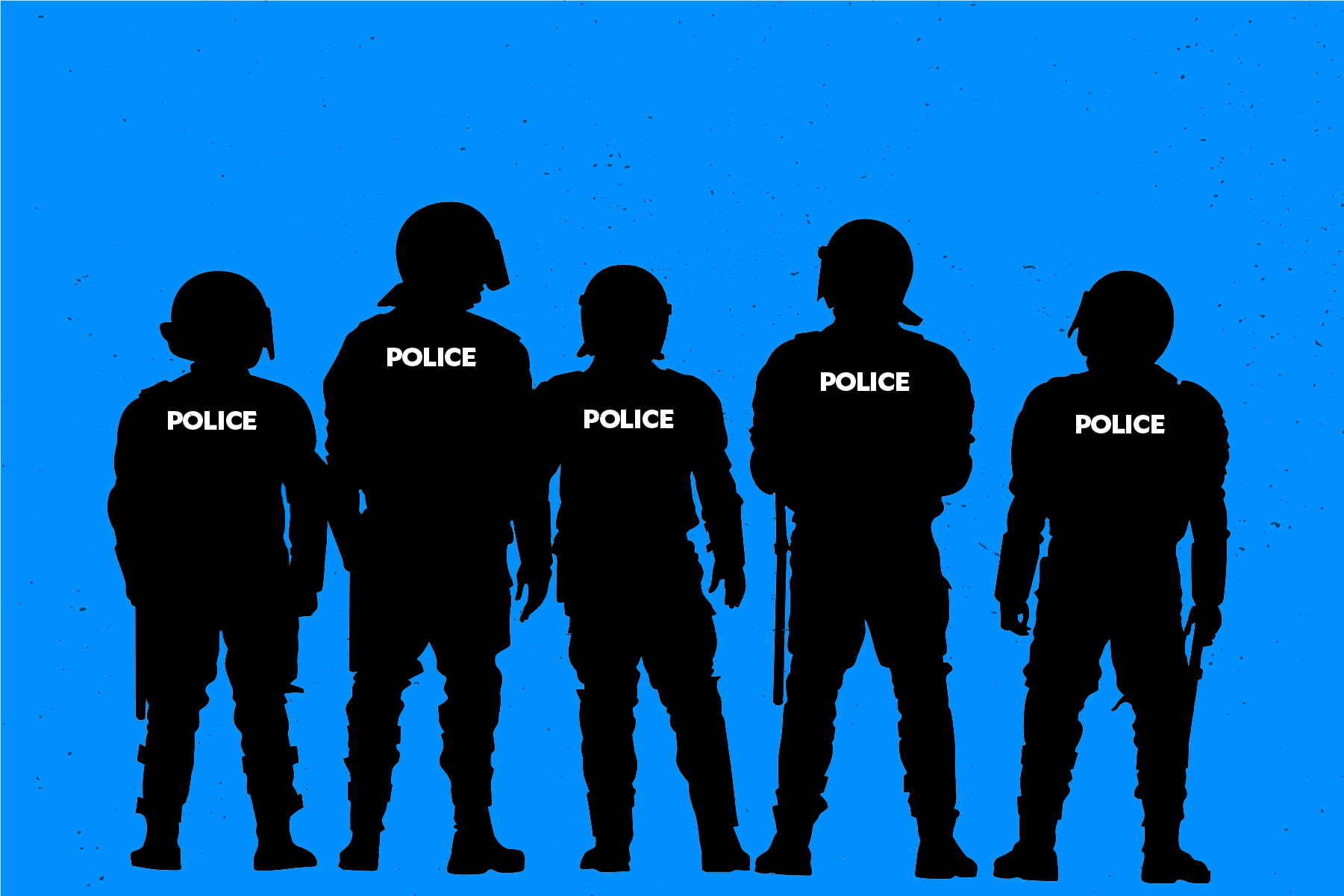
Police reform movements often focus on improving police-public relationships. These ties are a focus of community policing and procedural justice, two significant reform efforts in policing worldwide over the last three decades. In a new article, researchers examine issues involved in these efforts, especially limitations to communication, and highlight implications for police-community relations.
The article, by researchers at Arizona State University (ASU) and the University of California, Santa Barbara (UCSB), is published in Psychology, Public Policy, and the Law.
“Reform movements that try to improve relationships between police and the public rely, in part, on improving how police communicate with the public,” explains Edward R. Maguire, professor of criminology and criminal justice at ASU, the article’s lead author. “But little attention has been paid to the constraints police leaders may face.” Maguire is an expert whose work is promoted by the NCJA Crime and Justice Research Alliance, which is funded by the National Criminal Justice Association.
Altering the style and content of police communication to improve trust and reduce tension and conflict is consistent with communication accommodation theory (CAT). The theory addresses how individuals and groups accommodate one another (or not) in their verbal and nonverbal communications, as well as the consequences of those accommodation decisions and behaviors. CAT seeks to explain and predict when, how, and why individuals engage in interactional adjustments with others, as well as recipients’ inferences, attributions, evaluations of, and responses to these adjustments (or lack thereof).
When police leaders use communication accommodation in intergroup settings (e.g., with the public), the decision to accommodate one group can alienate another group, which is an example of an accommodative dilemma. Drawing on the study of intergroup communication, the authors explore the challenges police leaders often face when seeking to accommodate internal and external stakeholders.
“Communication accommodation isn’t easy; you have to have enough empathy and emotional intelligence to accurately perceive what types of accommodation others may want or need,” notes Shawn Hill, a graduate student in communications at UCSB and a police commander, who coauthored the article. “In intergroup settings characterized by mistrust, tension and conflict, communication accommodation is even more difficult. But research demonstrates that intergroup communication accommodation can help build trust and ameliorate tension and conflict.”
The authors provide examples of law enforcement leaders responding to challenging and turbulent intergroup issues, including when a New York police chief kneeled in solidarity with Black Lives Matters protesters, when the president of the International Association of Chiefs of Police issued an apology to minorities for racial injustice, and when a Milwaukee police chief defended officers who used chemical agents against protesters after the death of George Floyd. The authors then analyze the examples through the lens of CAT.
In every example, police leaders’ decisions to accommodate one group led to criticism from another group, a common pattern that results from accommodative dilemmas in intergroup settings. Police chiefs are sometimes caught in the middle when attempting to navigate these issues, the authors say. Among the authors’ suggestions, they recommend that police leaders in these situations understand the intergroup dynamics involved, knowingly and purposefully accommodate groups on a case-by-case basis and in context, and explain the reasons behind any positions they take.
“We need more research to understand these dilemmas more clearly,” adds Howard Giles, professor of communications at UCSB, who coauthored the article and was the developer of CAT. “This will enable scholars to continue building evidence base useful for navigating accommodative dilemmas in a way that improves relationships and builds trust between police leaders and the communities they serve.”

